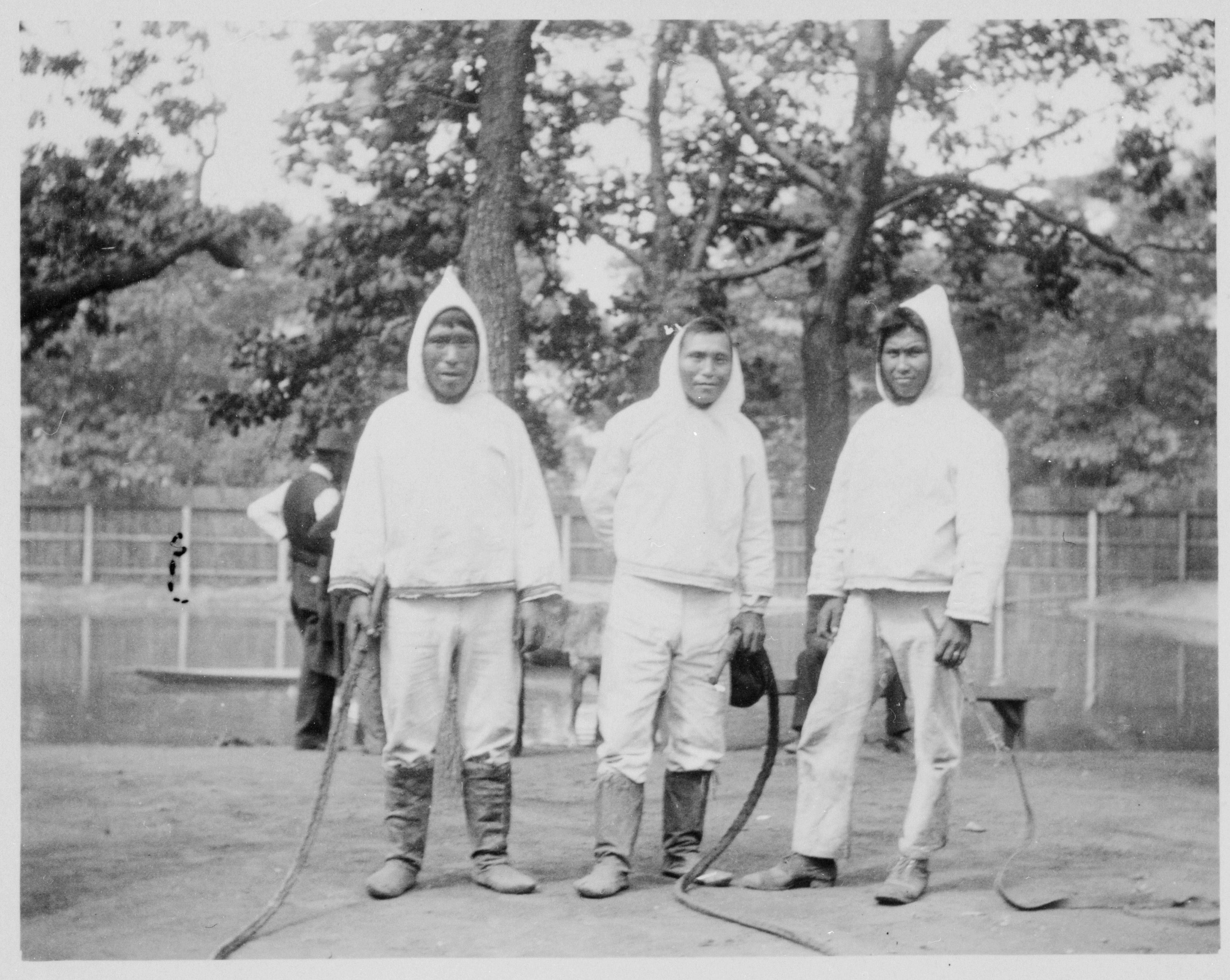
America's changing lifestyle has shaped pop culture. With increasing disposable income, they were able to spend more money and time on recreational activities, including watching movies and music. During the 1950s, rock and roll began to emerge, drawing inspiration from African American blues music and embracing themes that appealed to teenagers. Television began to compete with motion pictures for young viewers' attention.
Dimensions
Dimensions of Pop Culture in America examines the cultural politics and origins of American popular culture. It examines how popular cultural influences mass culture and politics as well as community affiliation. The book also explores the role of popular culture in popular movements and the formation of identity. It also considers the historical roots of twentieth-century American popular culture.

Origins
Pop culture's roots in America's history are deep. Pop-culture has been a part of the continent's history since colonial times. Pop-culture has become more pervasive and sophisticated over time and now forms a significant part American life.
Impact
Recent polls found that Americans are becoming more concerned with the influence of pop music on their lives. The average American watches TV for over four hours each day. However, only 10% of Americans can point to one positive aspect in popular culture. They are more inclined to point out violence, sexiness, vulgar language, or bias.
Societal Costs
Pop culture has its social costs. Media portrayals of people with low incomes can reflect inequality in income. One example is that some shows may showcase wealthy people with high income status while others might highlight low-income people with humble background. This problem is not new. The growth of popular culture in recent decades has been fueled by economic growth. The ability to spend money on culture and art can lead to more business for artists and cultural establishments. This in turn creates more self-confidence as well as opportunities for artists.

Segmentation
The segmentation of pop culture in America has been happening for decades. People had to go to live music performances before the Victrola and radio were invented. These technologies revolutionized the way people consume entertainment by making it more affordable and accessible. People lost a large portion of the entertainment experience as a whole. People are more likely to separate themselves from their interests since the invention of television and movies, which has serious implications for social cohesion.
FAQ
Who came up with the term Pop Music?
Frank Zappa invents the term pop music. He used the word pop music to describe his style of music.
He stated that he wanted music that was accessible to all. Pop music was what he called his music.
Zappa also created the phrase "You know it's POP when..." which means that something is really popular if many people enjoy it. Michael Jackson's Thriller album, for example, is one of his most popular albums.
Zappa's definitions for pop music are quite different from the current. Pop music today includes all kinds of music. However, back then only certain music was considered popular.
Why is pop music popular?
Pop music is popular because it is fun! Pop music is uplifting and can give you a great feeling of freedom. People listen to pop music and are free to think about anything but themselves. They don't have worry about what people think. Pop music is so beloved because of this. People love to listen to songs that are positive and upbeat. You can turn the radio on if you feel down. You may even find yourself singing along. Pop music has been a huge success over the years.
What can pop-culture teach us?
Modern society places more emphasis on material possessions than other things. This is especially true for young people. They spend hours each day staring at screens. They are addicted to video games, movies, and surfing the web. They are distracted from their schoolwork by all of these distractions. This leads to them failing classes.
In today's world, everyone wants to be accepted. That means being popular. Popularity hinges on having money, clothing, and other possessions. This can lead to some people doing things that aren’t right.
We have become too dependent on technology. All information is available to us thanks to technology. Not everything is accurate. False rumors can be found all over the Internet. These rumors quickly spread because people share them through social media. It's easy for people to post things without checking if they are true.
People have lost their ability for critical thinking. They believe everything they read on the Internet. They believe what is written in magazines and on television. They stop thinking for and about themselves. They follow the crowd instead.
We lose control of our lives when we depend on others to tell we what's going on. Pop culture encourages us to rely on others. It can also make us lazy. It's true that there is truth out there but we don’t always find it.
How did pop culture come to be?
It was an accident. It was an accident. Someone accidentally knocked the piano over as they were playing around on New Years Eve in 1920.
The recording company liked what it heard and decided that the single would be released.
This was the first hit single.
Pop music has become today's most popular form for musical entertainment.
How did pop culture develop?
The development of popular culture was driven by technology. It developed with the rise of mobile technology. The invention of the radio made mass communication possible. This enabled the invention of the radio, which led to the development of television. The internet was born from this.
People first started to use computers at home. They were also exposed to computer gaming. These games were first played on consoles such as the Nintendo Wii or Sony Playstation 3. They are now free to download online. Many youngsters now choose to play videogames over watching TV.
Video games are very popular among teens and children. These games can be played by one person or with others via the internet. Call Of Duty games and Grand Theft Auto have a lot of violence. Parents worry about their children's safety while playing these games. Others find it thrilling to watch what happens when one of their characters dies.
Music videos are another way youth can be influenced by pop culture. They give information about current trends and celebrities. Many young people love to watch them. There's no doubt about it: music plays a big part in our lives!
Artists often use special effects to enhance music videos. To make their appearance more attractive, rappers may wear makeup or wigs. Others musicians go through extreme physical challenges in order to showcase their bodies. Many singers are able to sing while wearing costumes.
You have so many choices in music today. You can listen to whatever you like. But this isn't always good news. Music can sometimes encourage violence. People can get upset when they hear certain lyrics or words. Sometimes, they even do crimes.
50 Cent was a victim of this phenomenon recently. A line in his song Get Rich Or Die Trying reads: "I'm gonna shoot a mamafucker down / It's not clear why but it might." Some people thought that this song meant that he would cause death. He was threatened by a man who called him. 50 Cent changed his lyrics. It now reads: "I'll shoot an inchch down/ I'm not sure why, but I may."
Popular culture is essential. It's important that we understand how it affects and impacts us. If we don’t understand how it affects us, we won’t be able prevent its harmful effects.
What is popular culture in music?
Popular Music Culture takes many forms.
Music and lyrics are the main characteristics of popular music culture. It also covers the influence of visual media like film, television, fashion advertising, and so on, on artists' careers as well as public perception.
It's also about how fans interact with their favorite artists.
One element of popular music culture is the emergence of "superstars" - artists who have achieved fame and fortune for themselves.
These superstars often transcend genres and become cultural icons, and their popularity has influenced the evolution of popular music itself.
The popular music culture also includes:
* The rise in recording technology - from acoustic instruments, to electric guitars, and microphones.
* The inventions of the record player, the radio and other electronic devices.
* The birth of rock 'n roll.
* The introduction of TV and film;
* The introduction of MTV and VH1
* The creation or the Internet.
What is pop media culture?
Pop culture is all around. It is everywhere we go: TVs, radios and films, music, magazines, newspapers and websites, as well as social networks. It surrounds us all day. Pop culture influences everything, from clothes to music and language to politics and religion. What is pop culture exactly? According to Wikipedia, "Popular culture (or popular culture) refers to the products and ideas produced for mass consumption in society." Most people believe that pop culture refers to movies, television, music, fashion, or other entertainment. Pop culture encompasses much more than entertainment. Pop culture refers to everything that's consumed by the masses. This includes fast food and video games as well as toys and clothing.
Statistics
- In 1987, US films captured 56% of the European film market. (socialsci.libretexts.org)
- For example, the term hater meaning someone who strongly undermines or criticizes others, often due to pathetic jealousy, likely emerged from hip hop culture, such as the term playa hateras, used by influential rapper Biggie Smalls as early as 1995. (simplicable.com)
- According to Dictionary.com, popular culture, or low culture as it is sometimes referred to is comprised of the “cultural activities or commercial products reflecting, suited to, or aimed at the tastes of the general masses of people” (7/21/19). (socialsci.libretexts.org)
- Less than a decade later, that statistic rose to 90% (Dager, n.d.). (socialsci.libretexts.org)
- Yet a Nielsen study shows they account for 42% of the country's most-watched content on streaming services. courtesy Nielsen (npr.org)
External Links
How To
Are there any famous references to pop culture?
Space travel was a popular topic in the 1960s. Star Trek was then the most popular television show.
From 1966-1969, the original series aired exclusively on NBC. The series starred William Shatner playing Captain Kirk, Leonard Nimoy portraying Mr. Spock and DeForest Kelley portraying Dr. McCoy. James Doohan played Scotty. Majel Barrett Roddenberry was Uhura. Nichelle Nichols was Lieutenant Nyota Uhura. Walter Koenig was Pavel Chekov. Grace Lee Whitney was Yeoman Janice Rand. (Wikipedia)
The first feature film made from the series' story was released in 1967. Paramount Pictures released the movie, "Star Trek". Robert Wise directed the movie. It featured an ensemble cast that included William Shatner and Leonard Nimoy as well as DeForest Kelley and James Doohan. (Wikipedia)
In 1968, the second season started airing on television. This second season focused on the crew's journey back in 1969. (Wikipedia)
The third season of the television series was broadcast in 1971. This season introduced Commander Richard A. Morn, a new character. He was a Starfleet Officer who was born in 2063 on Earth. (Wikipedia)
A live-action spinoff of Star Trek: Planet of the Apes was also produced during this period. It aired between 1972 and 1974. (Wikipedia)
In 1973, the fourth season of the television series debuted. This season introduced Ensign Ro Laren, and Lt. Ilia, two new characters. Marina Sirtis was the one who played them both. (Wikipedia)
The fifth season of the television series was broadcast in 1975. It was the last season to air before the franchise went into hiatus. (Wikipedia)
After the TV series was cancelled, there were many attempts to bring it back. Some of them were a 1977 pilot episode called "Where No Man Has Gone Before", which was unsuccessful in finding a partner studio or network. (Wikipedia)
Star Trek: New Voyages was also animated in 1998. It aired only 13 episodes. (Wikipedia).
In 2009, the sixth season of the television series returned after a seven-year hiatus. It was entitled "Enterprise". It ran for five seasons before it ended in 2013. (Wikipedia)
This era also saw the production of three feature films. It was first released in 1979. It was called Star Trek: The Motion Picture. Nicholas Meyer directed it. The film starred William Shatner, James Doohan, Leonard Nimoy, Walter Koenig, George Takei, Majel Barrett Roddy, and Ricardo Montalban. (Wikipedia)
The sequels were released in 1982 & 1987, respectively. They were titled "Star Trek II: The Wrath of Khan" (or "Star Trek III): The Search For Spock. Nicholas Meyer directed these films. (Wikipedia)
In 2001, the seventh season of the television series aired. It was called "Encounter at Farpoint". It was the first episode in the show's history that did not include any guest stars. (Wikipedia)
2005 saw the airing of the final episode. It was called "All Good Things ...".". It was written by Ronald D. Moore. David Livingston directed it. (Wikipedia.)
Star Trek TV's 2008 premiere saw the debut of a new show called "Trek Nation". It was called "Trek Nation". It's currently being aired by CBS. (Wikipedia). "Trek Nation," a show about people from all walks of life, is about how they come together to create their own version of the United Federation of Planets. Their goal is to help other planets achieve peace with each other. (Wikipedia). "Trek Nation", a fascinating concept, shows how different people can come together and make something positive. (YouTube Video)
You should read books on the timeline of Star Trek. Start with Gary Wolfe's book Star Trek Chronology. You can also find many other books online.